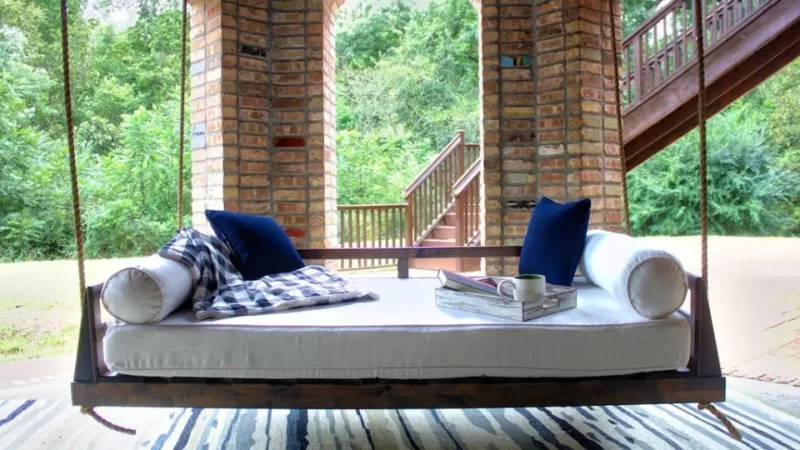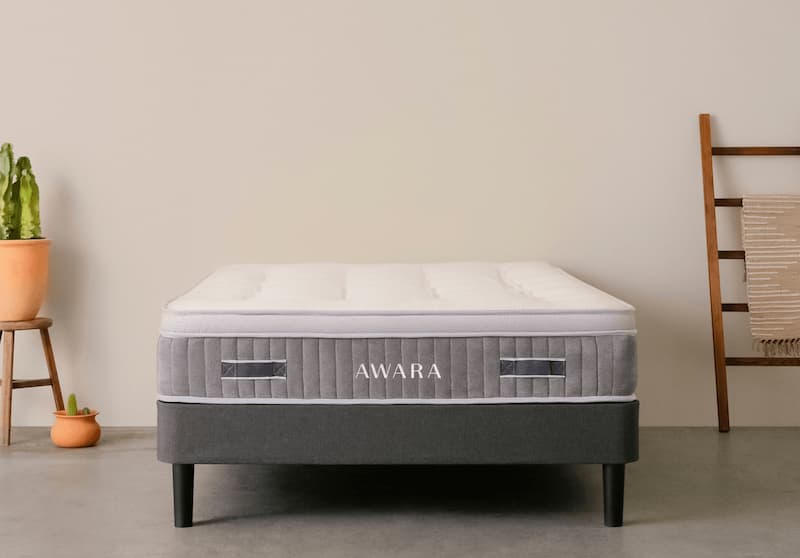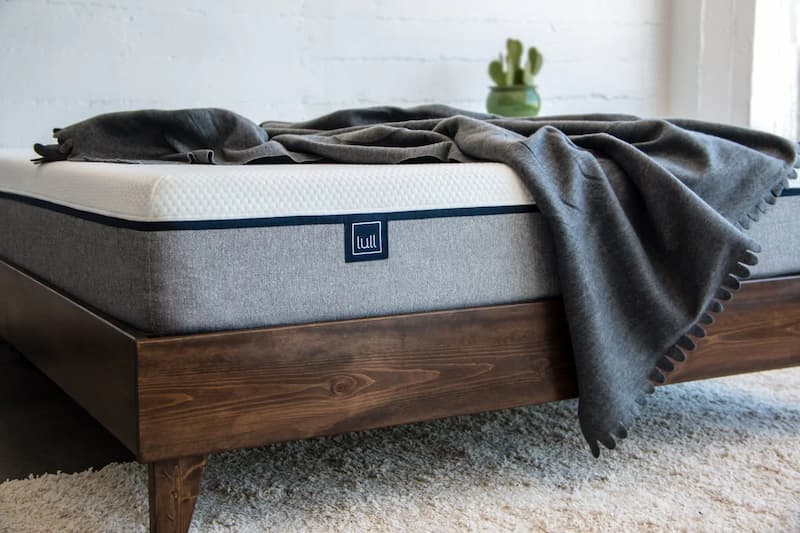What is a Swing Bed? All You Want to Know

A “Swing Bed Unit” — a Medicare skilled nursing facility, patients can recover over a brief period of time and receive short-term rehabilitation following hospitalization. Patients who have a high potential for rehabilitation and can typically be discharged in 21 days or less are admitted to the unit.
A structured, therapeutic environment is used by the staff to deliver treatment services. These services—which include regular nursing care provided by licensed nurses and rehabilitative therapy—enable each patient to recover and go back to their home environment. The units provide Medicare-certified services and will work with patients who have private insurance to ensure third-party payment for services provided.
If a patient’s medical needs cannot be met at home or in a long-term care facility but they no longer necessitate a stay in an acute care facility, they may be eligible to take part in the program.
Table of Contents
What is a Swing-Bed?
A swing-bed is a service that rural hospitals and Critical Access Hospitals (CAHs) with a Medicare provider agreement provide that allows a patient to transition from acute care to Skilled Nursing Facility (SNF) care without leaving the hospital. As a result, even after acute care is no longer necessary, a patient can still receive services in the hospital.
The Purpose of Swing-bed Care
A patient can remain in one location instead of transferring between hospitals, nursing homes, or back and forth between home and crucial appointments in a hospital that can switch from acute care to SNF care. Due to the increased accessibility of this kind of care for Medicare patients in rural areas, it is an especially crucial service.

Swing Bed Model of Care: the Early Days
Dr. X recommended the swing bed as a remedy. In the late 1970s and early 1980s, Dr. Bruce Walter served as the director of Medicare services for Utah. Walter’s swing bed concept, with its six potential reimbursement options, was a model he envisioned to be “utilized in small hospitals, urban and rural, across the country.”
“Such a program nationwide should not be measured merely in terms of balance sheets and occupancy percentages,” he went on to say in a 1980 publication, “but also in terms of personal benefits gained by patients and their families.”
As the project director for the AHA’s swing bed program, John Supplitt joined the organization in 1981. Today, he serves as the senior director for rural health services. He spoke of the program’s core elements, which were described by many experts.
“The reality was that the swing bed program provided a way to maximize the use of existing resources and to take those assets and employ them in a manner that was best suited for the patient and the organization in a way that allowed the healthcare organizations to maintain their clinical relationship with the people who resided in those communities,” Supplitt said.
He also emphasized that, in addition to offering essential clinical transitional care services, this pioneering model of patient-centric care is now linked to a reimbursement model unique to both the rural PPS (prospective payment system) hospital and the CAH — a hospital designation that didn’t exist prior to 1997 — that effectively nudged “business pragmatism” out of the rural post-acute care attitude.
Qualifying for Swing-bed Care
The SNF protected payment system will pay all expenses related to care for swing-bed facilities, and Medicare Part A will be used to cover all costs. The patient must, however, fulfill specific requirements.
Before SNF care in a swing-bed is an option, the patient must be required to receive acute hospital care for a minimum of three days straight. The patient needs to be stable and in need of five days a week of rehab or daily skilled care. It is necessary to obtain a doctor’s prescription, and the patient needs to be enrolled in Medicare Part A or another insurance program that will pay for swing-bed care.

What Kinds of Services Are Included in Swing-bed Care?
A swing-bed can provide a complete range of skilled nursing care services that include, but aren’t limited to:
- Physical therapy
- Occupational therapy
- IV medication therapy
- Monitoring of vital signs
- Wound care
- Speech Therapy
Length of Stay
Swing-bed care is not meant to be a permanent care solution. Hospital policies limit the amount of time that can be spent on-location in a swing-bed. Generally speaking, stays only last a few weeks. A stay of more than 40 days is typically not permitted in hospitals. In the event that additional long-term care is required, the doctor will go over other options, which may include in-home care or a move to a long-term care facility.



















![Dr. Oz Good Life Mattress Reviews In 2022 [Updated]](https://www.myspacebeds.com/wp-content/uploads/2022/09/Dr.-Oz-Good-Life-Mattress-Reviews-In-2022-Updated-2.jpg)

![Nectar Premier Copper Mattress Review In 2022 [Updated]](https://www.myspacebeds.com/wp-content/uploads/2022/09/Nectar-Premier-Copper-Mattress-Review-In-2022-Updated.jpg)